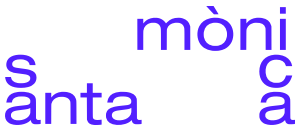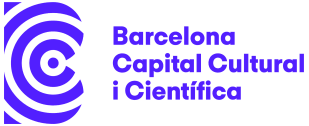Possibles not only open up an unfinished world of futures before us, but also presents and pasts behind us.
The Possible is openness and movement, a horizon of change that unfolds and organizes the world.
The Possible started with the polis, the city, and is political by definition.
The Possible has nothing to do with the unreal, the impossible, or the fictitious, but rather with the unfinished real in front of us.
The Possible shapes our reality, and that is precisely why it is a political problem in itself. From “everything is possible” to “be realistic and ask for the impossible”, from an “infinitude of possible worlds” to “this is not possible and cannot be done”.
Sometimes we are trapped in a world of pre-designed Possibles – “this is it” – where it seems that nothing could have been left out, there are no alternatives. Sometimes it is living an illusion of freedom in an impossible world where the critical just disappears. How to open towards contingency, not only to the becoming but also its uncertainty?
How to draw new Possibles to come, and not just confirming those that are there waiting to be confirmed, experienced and thought, as Possibles that can be brought to existence in our worldview? How to move from the impossible, the fable or the utopia to directly bite into our reality?
The Possible is inscribed within the arts, design, sciences and technologies that surround us now and those yet to come.
We see these Possibles behind climate change and global warming, behind robotics and biotechnologies, inside algorithms, artificial intelligence and data science, in between quantic worlds trying to get a grasp of what matter is, up there above our heads in outer space and the multiverse.





